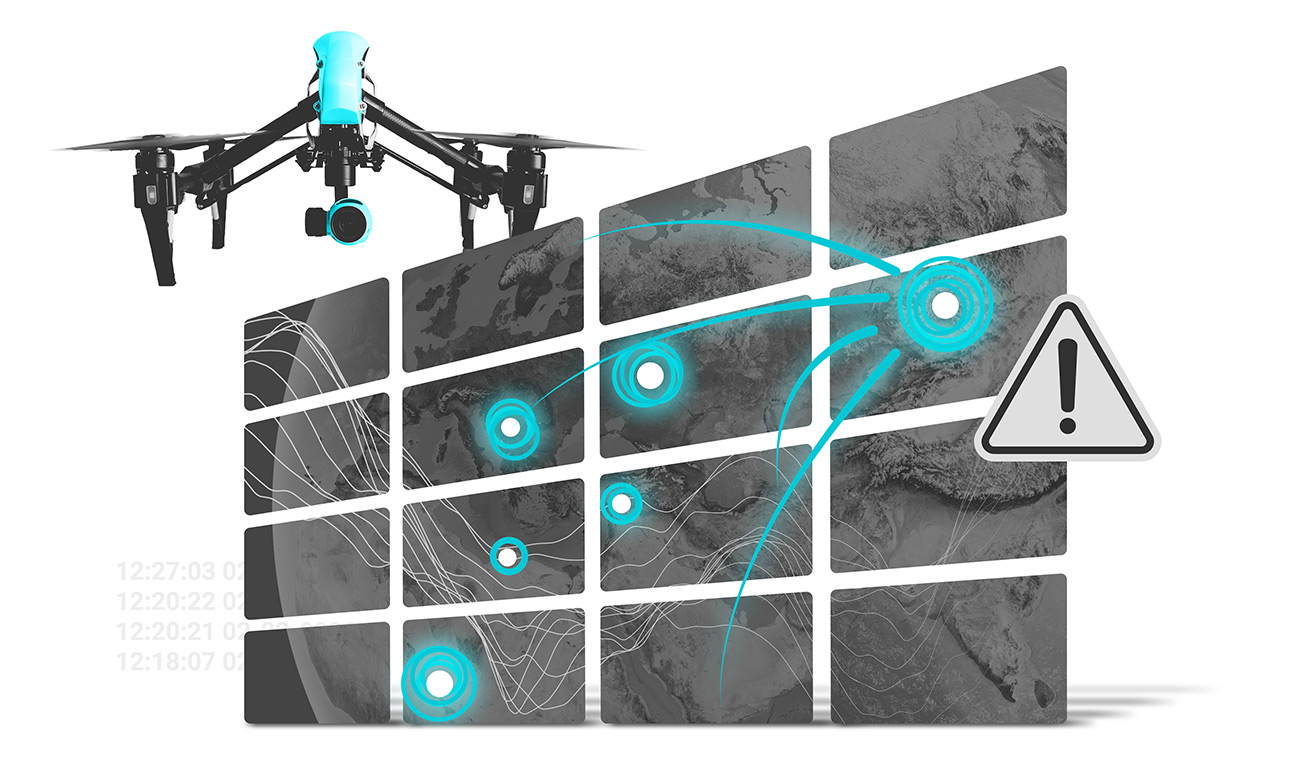Active threat monitoring can be what stands between your business and certain disaster at the hands of an attacker. As technology advances, so too do cyberattackers’ capabilities. Businesses owe themselves and their customers the best threat detection they can afford, and active threat monitoring is becoming the new norm.
Let’s take a look at seven reasons why active threat monitoring is quickly becoming the standard in business.
1. Threats Don’t Stop Working Because You Do
Nowadays, it’s not enough to monitor full-time for threats. Threats must be monitored all the time because they don’t live on a schedule. Even if you’re monitoring for threats all week during working hours, you’re still leaving the business vulnerable after hours. And that’s when an attacker is most likely to strike because the defenses are down.
Think of your business as a castle in the middle of a siege. You wouldn’t lower the defenses and put the drawbridge down when night falls, right? Otherwise, the enemy can walk right in! The same goes for threat detection. It should be a 24/7 process, not a 40-hour week process.
2. Cyberattacks Are Becoming More Sophisticated
As we advance in our technology, cyberattacks become more and more sophisticated. Just this year, one of the most sophisticated and damaging cyberattacks occurred on the US government’s systems, exposing sensitive data. Even government agencies aren’t entirely safe from the dangers of hackers and cybercriminals.
This is why it’s so important to be constantly monitoring for threats. Threats can come at any time, from anywhere. As they become more sophisticated, they look closer at the times when your business is most and least active. A good hacker will know exactly when to strike and what kind of software to use to circumvent your protections.
3. Data Breaches Can Bankrupt A Business
Active threat hunting can help your business identify a threat before it causes significant damage, which is something you’ll need if you don’t want your business to go under. Did you know the average cost of a data breach for a small business can range from about $30,000 to well over one million dollars? The Target data breach of 2013 has cost the company in upwards of $300 million. It’s safe to say the average small business doesn’t have $300 million lying around!
A data breach also has the effect of damaging a company’s reputation, and, by doing so, potentially bankrupting the business by scaring off customers. If you knew a company had suffered a data breach that affected a large percentage of its customers, would you rush to buy its products/use its services? Likely not.
4. Self-Propagating Malware
One of the most recent advanced threats to plague the internet is self-propagating malware. These viruses are dangerous, because as the name suggests, they’re self-propagating, and able to infect multiple machines. According to PinDrop, a tsunami of new ransomware attacks could be on the horizon:
“Perhaps the biggest factor, though, in the move toward ransomware attacks on enterprises is the ability to infect multiple machines, destroy backups, and pull in a large payment all at once rather than relying on multiple smaller payments from individual victims.”
Ransomware has begun attacking businesses in particular in order to yield higher ransoms, and the average business simply isn’t prepared for it without active threat monitoring.
5. Advanced Persistent Threats
An APT isn’t an outright brute-force attack on a network. Instead, the attacker works to establish a long-term presence on a network, identifying weaknesses and gathering sensitive data while staying under the radar. These threats are often difficult to detect, and can potentially cause a huge amount of damage.
The longer a hacker has access to a system, the more they can learn about that system, and thus, exploit vulnerabilities. Advanced active threat monitoring can help identify malicious software and prevent advanced persistent threats.
6. Identifying Patterns Of Attack
When you’re constantly monitoring for threats, you’re bound to come across a few of them. By identifying threats early on, you can start to identify patterns that can warn you of future attacks. Essentially, you’re monitoring for threats while learning how and when they strike at the same time. This is invaluable knowledge for your team and the business itself, as hackers are growing more and more sophisticated.
Knowing a potential pattern of attack can save your business thousands of dollars and might even prevent a long-term attack like an APT.
7. Protection Is A Huge Concern For Customers, Too
Let’s not forget that the customer also has a stake in whether or not your business is properly protected. If you’re storing customer data on your networks, you’re potentially putting your entire customer base at risk by not monitoring for attacks. The bottom line? Every business needs active threat monitoring for the sake of the customer and the business itself. The threats aren’t going anywhere. In fact, they’re growing stronger and smarter, which means we need to respond in kind.
You can follow us on Linkedin, Twitter, Facebook for daily Cybersecurity, and hacking news updates.









.webp)

.webp)